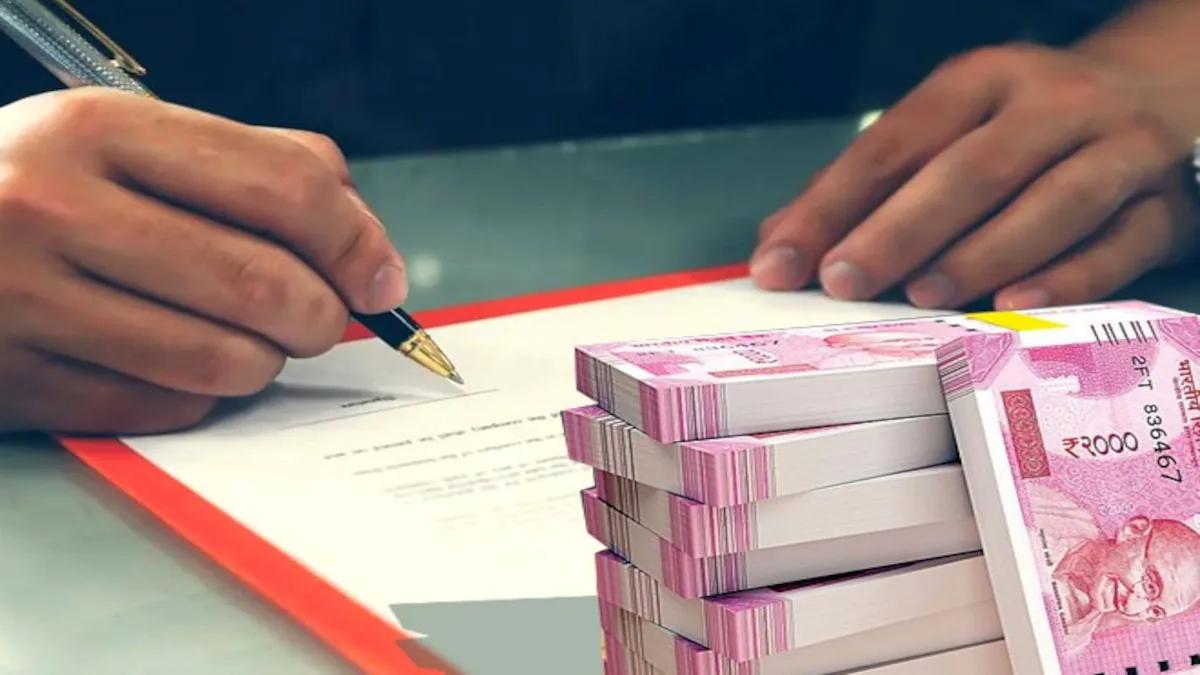
The Appointments Committee of Cabinet (ACC) headed by Prime Minister Narendra Modi on Tuesday approved the appointment of Rajiv Kumar as the administrative head of one of the key economic policy making divisions of the government – the ministry of finance.
The finance secretary is the senior-most bureaucrat among the finance ministry’s five departments—economic affairs, revenue, expenditure, financial services and department of investment and public asset management (DIPAM). Kumar a veteran of power corridors of the North Block, is also secretary, financial services. He succeeded 1983 batch Indian Administrative Service (IAS) officer Subhash Chandra Garg, who is currently the power secretary. Garg, who was also the economic affairs secretary, was transferred to the ministry of power in a major bureaucratic reshuffle on 24 July.
A 1984-batch IAS officer from Jharkhand cadre, Kumar is a lover of Indian classical music and an avid trekker, has over three decades of experience in public policy and administration across various sectors. He has BSc and LLB degrees, along with a masters in public policy and sustainability.
The 59-year old took over as the financial services secretary in September, 2017, and initiated several of reforms in the country’s banking sector, to clean up the bad loan mess and to make public sector banks (PSBs) stronger. Kumar spearheaded the government’s larger plan of consolidating a few bigger banks, starting with Bank of Baroda’s merger with Dena Bank and Vijaya Bank, making it the third largest PSB in the country. He also initiated a record amount of capital infusion into PSBs to beef up banks’ capacity to lend. Besides all this, Kumar has been a part of the budget making exercise thrice.
He played a key role in taking ahead Modi’s plan of financial inclusion, aimed at boosting credit access and job creation, through flagship schemes such as Pradhan Mantri Jan Dhan Yojana, Mudra loan scheme, among others. He is known to have initiated and implemented the 59-minute loan scheme for the MSME sector.
While most of banks have cleaned up their books, Kumar, in his new role along with the banking regulator will have to provide support to non-banking finance companies (NBFCs) to resolve the issue of liquidity crunch. Besides, the current slowdown in the economy could also create fresh bad loans in the system– something he needs to watch out for as DFS and finance secretary.
The finance ministry’s Department of financial services (DFS) overseas the functioning and performance of banks, financial institutions, insurance companies as well as the country’s pension system. Besides, it plays an instrumental role in ensuring credit flow to individuals as well as crucial sectors such as farm and micro, small and medium enterprises (MSMEs).
Kumar and his team of senior bureaucrats oversee policies pertaining to regulators such as the Reserve Bank of India (RBI), Pension Fund Regulatory and Development Authority (PFRDA), as well as Insurance Regulatory and Development Authority of India (IRDAI).
He is also on the board of the banking regulator RBI and the country’s largest state-owned bank State Bank of India (SBI).
[“source=livemint”]















